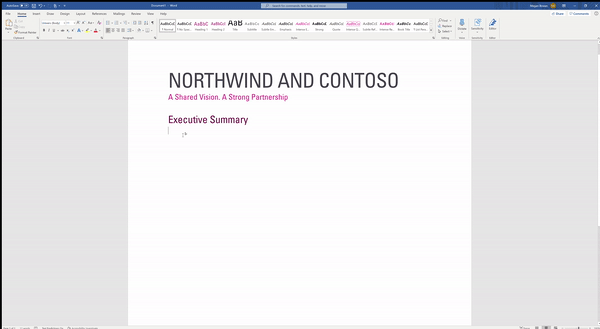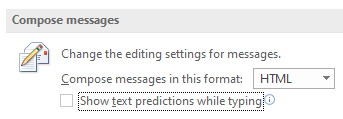Η Microsoft he said today that text prediction is coming to Word and Outlook. It works similarly to Gmail on the web and on Android. It can predict the introduction of the next word by analyzing the text you have already written and giving a prediction based on your content.

The feature will gradually roll out to Microsoft 365 subscribers, Outlook and Word for web.
Currently, smart text prediction only works for the English language. In Word, Microsoft has made it available to 50% of Insiders, the users του Windows Beta Channel που τρέχουν από την έκδοση 2010 Build 13301.20004 και μετά. Επίσης, η εταιρεία αρχίζει να κυκλοφορεί σε όλα τα Microsoft 365 SKU στο Word for web, εκτός από τα πακέτα Microsoft 365 Business Basic, Microsoft 365 F3, and Microsoft 365 A1.
Similarly, Outlook, Outlook.com and Outlook on the web will have this feature in North America, along with 50% of users in Windows Beta Channel users.
Below we will see how you can disable them forecasts text in Word and Outlook on the web and Microsoft 365.
In Word

Click Text Predictions: On
Disable Show text predictions while typing in Office 365.

In Word for web, disable the Suggest words or phrases as I type option.
You can also turn off text prediction for Outlook on the web and Outlook.com.
In Outlook for Office 365, click File> Options.
Disable the Show text predictions option while typing

In Outlook for web, click the Settings icon and select Settings> View all Outlook settings> Mail> Compose and reply.
In the Text Predictions section, turn off Suggest words or phrases as I type.





